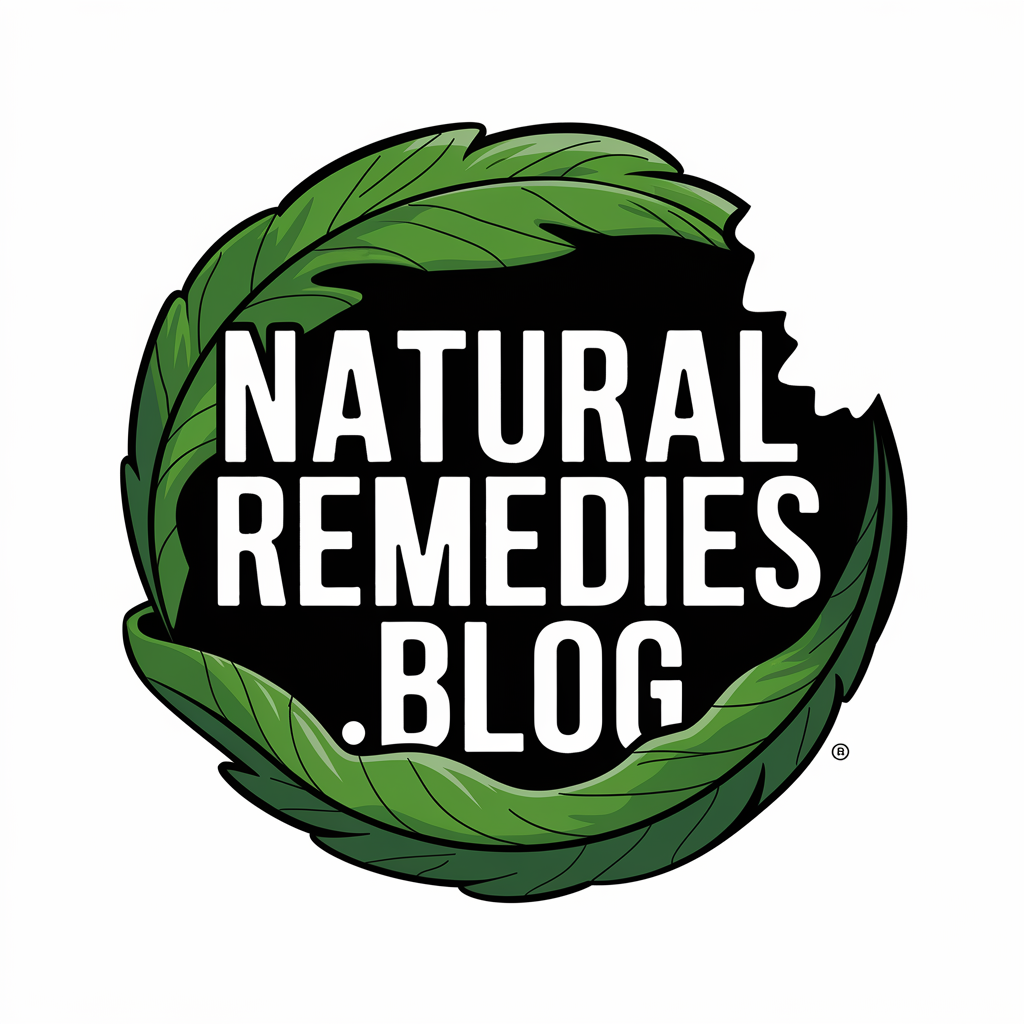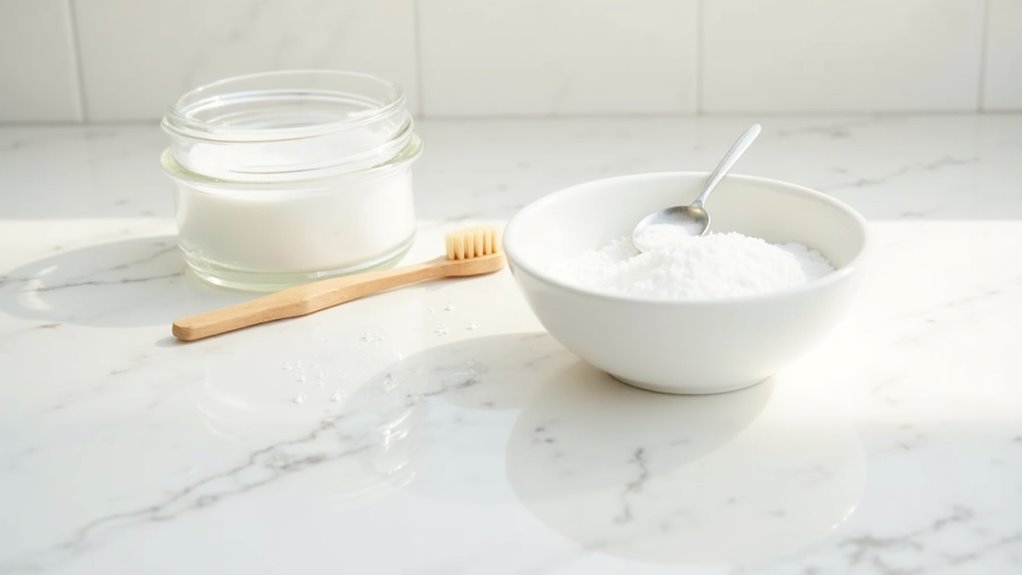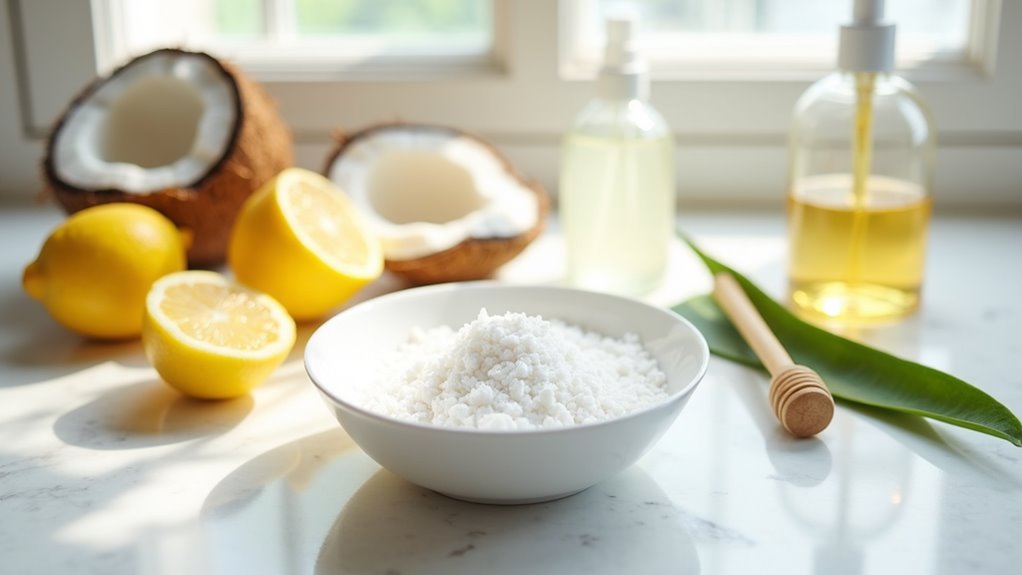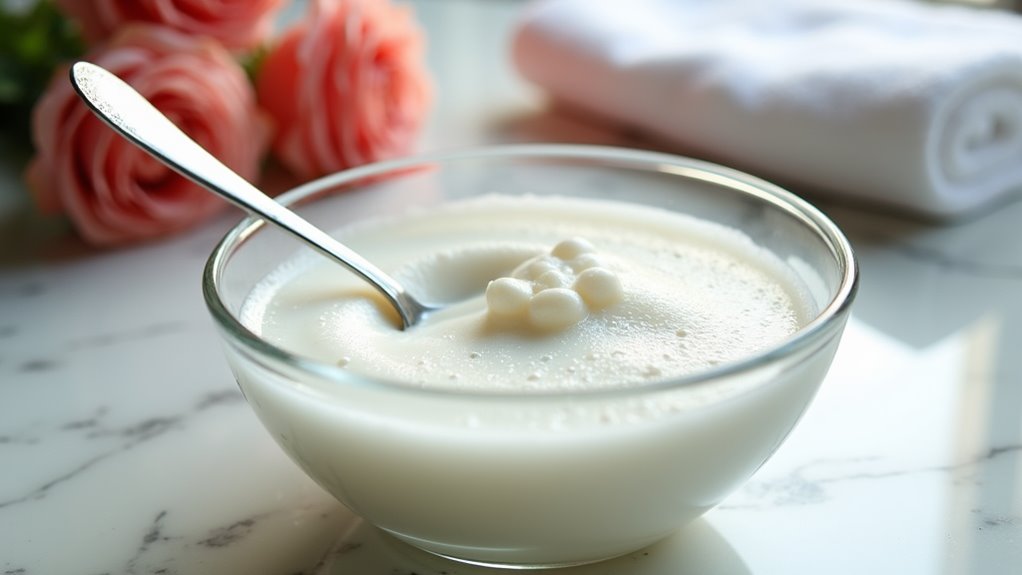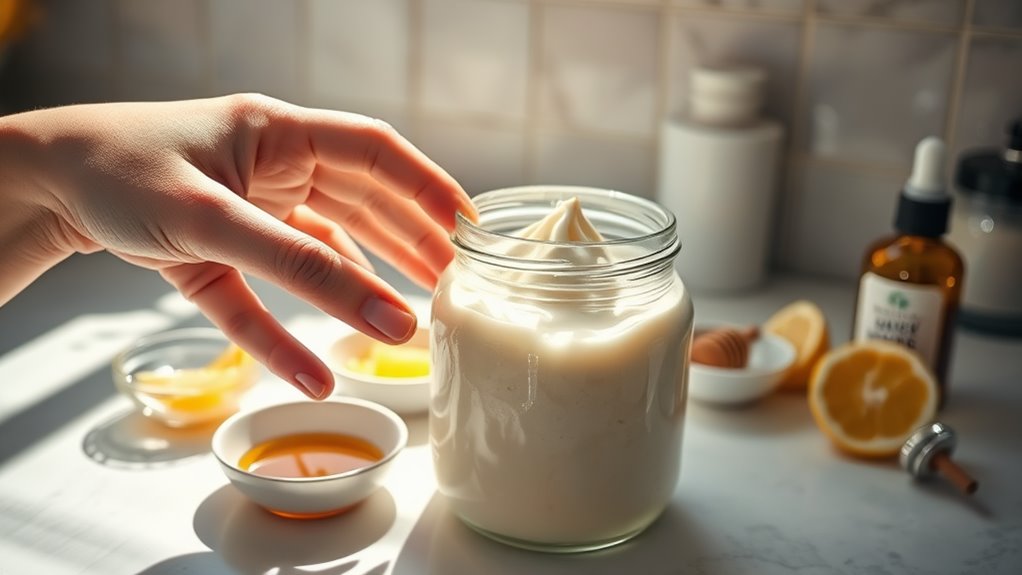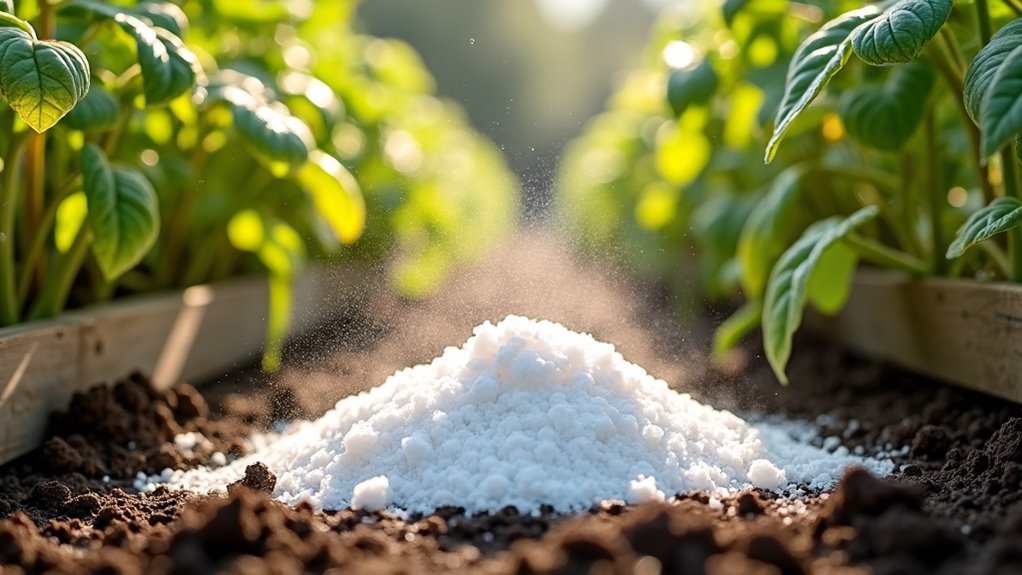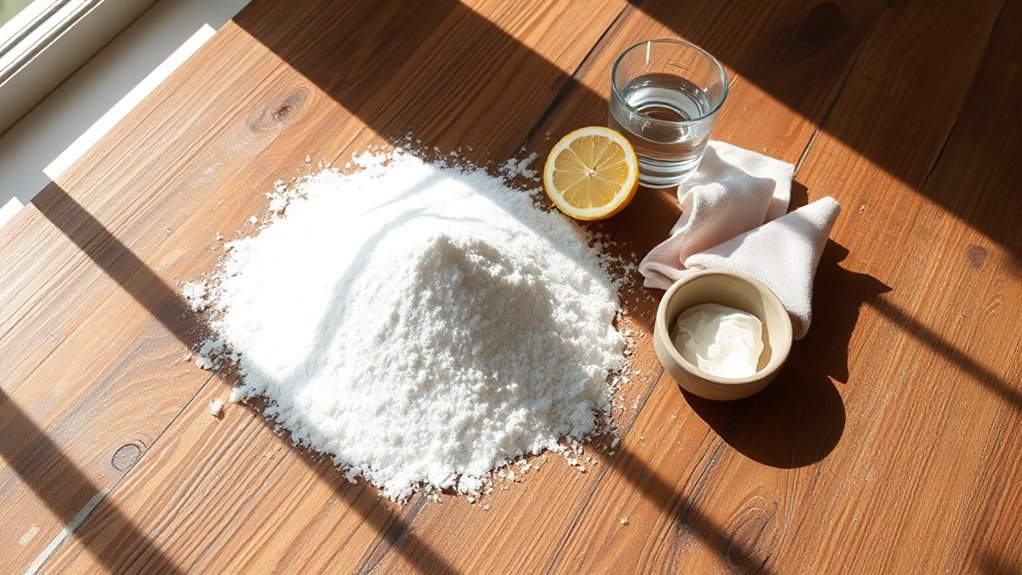Baking Soda for Teeth Whitening. Here’s My Experience
After trying baking soda for teeth whitening, you’ll notice initial results within 2-4 weeks with proper application. Mix 1/2 teaspoon of baking soda with water to form a paste, then brush gently in circular motions for 1-2 minutes, 2-3 times weekly. You can expect fresher breath immediately, fading yellow tints by week two, and teeth 1-2 shades lighter after six weeks. At $1 per box versus $600 for professional treatments, it’s remarkably cost-effective. Understanding the science behind this method reveals why it works so effectively.
Why I Decided to Try Baking Soda for Teeth Whitening
After noticing persistent stains on my teeth from years of coffee consumption, I began researching cost-effective alternatives to professional whitening treatments.
During my investigation, I discovered that baking soda uses extend far beyond cooking and household cleaning. This common pantry staple has natural whitening properties and acts as a mild abrasive to remove surface stains.
Professional teeth whitening treatments can cost hundreds of dollars, while a box of baking soda costs under $1. The science behind its effectiveness and overwhelmingly positive user testimonials convinced me to experiment with this accessible, affordable solution.
I was particularly intrigued by how sodium bicarbonate’s crystalline structure helps remove stains without damaging tooth enamel.
The Science Behind Baking Soda as a Whitening Agent
Baking soda’s effectiveness as a teeth whitening agent stems from its chemical composition of sodium bicarbonate (NaHCO3). When mixed with water, it creates an alkaline solution with a pH of 8.3, which helps neutralize acid-producing bacteria that cause stains and discoloration.
-
The fine, crystalline powder structure acts as a mild abrasive, gently scrubbing away surface stains.
-
Its alkaline nature breaks down protein molecules in staining substances like coffee, tea, and wine.
-
The oxygenating properties help lift embedded chromogens (color-causing particles) from tooth enamel.
The compound’s natural antibacterial properties also reduce plaque buildup, contributing to overall tooth whitening effects. Similar to raw apple cider vinegar, baking soda helps maintain optimal pH balance in the mouth for improved oral health.
My Step-by-Step Application Method
You’ll start by mixing 1/2 teaspoon of baking soda with a few drops of water until you achieve a spreadable paste consistency.
When applying the mixture, use gentle circular motions with your toothbrush for 1-2 minutes, focusing on stained areas while avoiding harsh scrubbing that could damage enamel.
For optimal results, you should limit this whitening treatment to 2-3 times per week, always following up with regular toothpaste to restore proper pH levels in your mouth.
Just like with facial applications, performing a patch test first can help determine if you have any sensitivity to baking soda.
Mixing the Baking Solution
Creating an effective teeth-whitening paste requires three simple ingredients: baking soda, water, and an optional splash of hydrogen peroxide.
Mix one teaspoon of baking soda with just enough water to form a thick, spreadable consistency. You’ll need to adjust the ratio until you achieve a paste that’s neither too runny nor too dry.
- The mixture should have the texture of toothpaste – smooth and creamy without any graininess.
- When properly mixed, it’ll stick to your toothbrush without dripping off.
- If adding peroxide, use only 2-3 drops to maintain the right consistency while boosting whitening power.
Time and Brushing Technique
Proper timing and technique are essential for safe, effective teeth whitening with baking soda paste.
Wet your toothbrush and apply the prepared paste directly onto the bristles. Brush in gentle circular motions for two minutes, focusing on the front surfaces of your teeth. Don’t apply excessive pressure, as this can damage your enamel. Rinse thoroughly with lukewarm water.
Use this method no more than twice per week to prevent enamel erosion. If you experience tooth sensitivity or gum irritation, reduce frequency to once weekly or discontinue use.
Always maintain your regular brushing routine with fluoride toothpaste between baking soda treatments.
Daily Application Tips
While timing and technique lay the foundation, a clear step-by-step method helps ensure consistent results. Mix one teaspoon of baking soda with just enough water to form a smooth paste. Apply this mixture using controlled, circular motions.
- Wet your toothbrush and shake off excess water until bristles are just damp.
- Dip bristles into the paste at a 45-degree angle, ensuring even coating.
- Apply to teeth using gentle pressure, focusing on visible surface areas first.
Don’t swallow the mixture, and rinse thoroughly with lukewarm water after brushing.
Use this method once daily, preferably in the morning, to maintain enamel health while achieving gradual whitening results.
Before and After Results: Week by Week
Results from using baking soda as a teeth whitener typically become noticeable within the first 4-6 weeks of consistent use.
During week one, you’ll notice fresher breath and slightly reduced surface stains.
By week two, yellow tints start fading, particularly on front teeth.
Week three shows more uniform color across all teeth, with stubborn coffee and tea stains beginning to lift.
Weeks four through six reveal the most dramatic changes, with teeth appearing 1-2 shades lighter.
You’ll see enhanced results in areas between teeth and along the gumline, where stains often accumulate.
Benefits I Experienced Beyond Whitening
Beyond making my teeth several shades whiter, using baking soda delivered multiple unexpected health benefits. The alkaline properties helped balance my mouth’s pH levels, leading to improved oral microbiome health and reduced sensitivity to hot and cold foods.
-
My gums stopped bleeding during brushing by week 3, indicating reduced inflammation and better gum health
-
Bad breath disappeared completely, likely due to the antibacterial properties neutralizing odor-causing bacteria
-
Plaque buildup decreased significantly, resulting in smoother-feeling teeth throughout the day and less tartar formation between dental cleanings
Side Effects and Challenges I Encountered
When you’re using baking soda for teeth whitening, you’ll likely notice increased tooth sensitivity, particularly to hot and cold temperatures during the first few days of treatment.
You might experience temporary discomfort along your gum line where the baking soda paste makes contact with sensitive tissue.
The results can be inconsistent, with some teeth becoming noticeably whiter while others maintain their original shade, creating an uneven appearance across your smile.
Tooth Sensitivity Issues
Although baking soda’s abrasive properties can effectively whiten teeth, its prolonged use may trigger tooth sensitivity in some individuals. When you experience sensitivity, you’ll notice sharp, temporary pain when consuming hot, cold, or sweet items.
The abrasive nature of baking soda can gradually wear down your tooth enamel, exposing the sensitive dentin layer underneath.
- Sharp, shooting pain when drinking your morning coffee or ice water
- Increased discomfort while eating acidic foods like citrus fruits
- Sudden twinges of pain when breathing in cold air through your mouth
If sensitivity develops, reduce usage frequency or consult your dentist for alternative whitening methods.
Uneven Whitening Results
Despite consistent application techniques, baking soda teeth whitening can produce patchy or uneven results across your dental surfaces.
You’ll notice varying degrees of whiteness, particularly between your front teeth and molars. Areas with existing enamel irregularities or previous dental work may resist whitening altogether.
Natural tooth structure variations and mineral composition differences can affect how each tooth responds to baking soda’s abrasive action.
Your teeth’s curved surfaces and tight spaces between them make uniform application challenging.
You might observe darker spots remaining near your gumline or in areas where plaque typically accumulates, creating a mottled appearance that requires professional intervention to correct.
Cost Comparison With Commercial Whitening Products
The cost difference between baking soda and commercial whitening products is substantial.
While a box of baking soda costs around $1 and can last several months, professional whitening treatments can range from $30 to $600, depending on the method.
- A 16-ounce box of baking soda sitting on your bathroom counter, ready for daily use
- Professional whitening strips sealed in individual foil packets, stacked in a branded box
- In-office UV light whitening equipment with accompanying gels and tools
You’ll spend approximately $3-4 per year using baking soda compared to $200-800 annually for commercial whitening solutions, making baking soda a budget-friendly alternative for teeth whitening.
Tips and Precautions From My Experience
When using baking soda for teeth whitening, you’ll need to follow specific safety guidelines to avoid damaging your tooth enamel and gums.
| Safety Tips | Prevention | Action Required |
|---|---|---|
| Dilution | Enamel wear | Mix 1:1 with water |
| Frequency | Gum irritation | Use 2x per week max |
| Duration | Over-abrasion | Brush for 1-2 mins |
| Application | Sensitivity | Gentle circular motions |
Don’t apply pressure while brushing, as baking soda’s abrasive nature can harm teeth. If you experience sensitivity, reduce frequency or discontinue use. Always rinse thoroughly with lukewarm water after treatment. Consult your dentist before starting, especially if you have existing dental work or sensitive teeth. Similar to facial applications, understanding chemical interactions with pH is essential before using baking soda on teeth.
What My Dentist Said About Using Baking Soda
Professional dental experts generally support using baking soda for teeth whitening, provided you follow proper guidelines. When consulting your dentist, they’ll likely explain that sodium bicarbonate’s mild abrasiveness helps remove surface stains effectively while being gentler than many commercial whitening products.
-
The compound’s pH level of 8.3 helps neutralize harmful acids that cause tooth decay.
-
Its crystalline structure acts as a mechanical cleanser without scratching tooth enamel.
-
Scientific studies show a 62% reduction in surface staining after 6 weeks of controlled use.
Always consult your dentist before starting any whitening regimen, especially if you have sensitive teeth or existing dental work. Similar to its effects on skin, baking soda’s natural pH balance helps maintain optimal oral health when used correctly.
Recommended Frequency and Long-term Results
Most dental professionals recommend using baking soda for teeth whitening no more than 2-3 times per week to achieve optimal long-term results.
Overuse can lead to enamel erosion and increased tooth sensitivity. When used properly, you’ll typically notice initial whitening within 2-4 weeks.
For sustained results, you’ll need to maintain a consistent routine.
Studies show that baking soda’s mild abrasiveness effectively removes surface stains without damaging tooth structure. However, deep-set stains from years of coffee, tea, or tobacco use may require professional treatments for complete removal.
Always combine baking soda treatments with regular dental hygiene practices.
Creating a simple paste with baking soda and water provides a gentle facial scrub that can be used on both teeth and skin.
